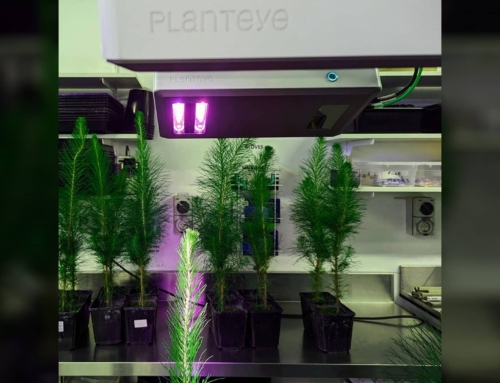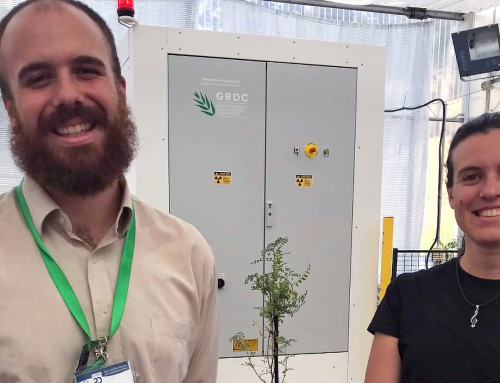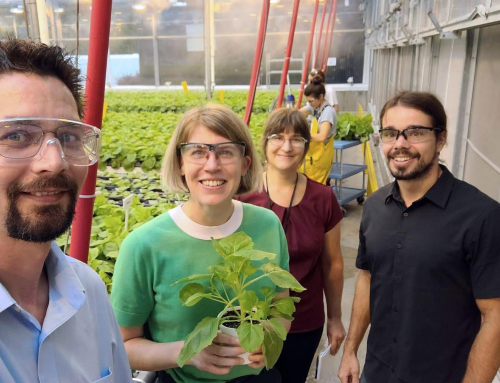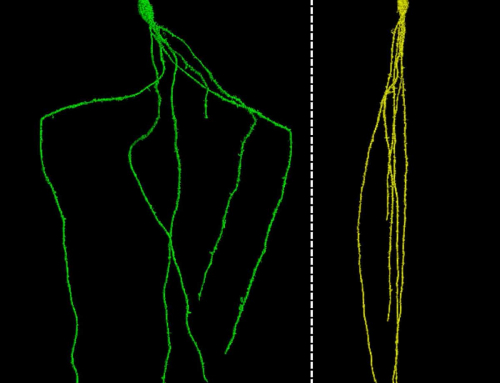Soil salinity is an abiotic stress wide spread in rice producing areas, limiting both plant growth and yield. The development of salt-tolerant rice requires efficient and high-throughput screening techniques to identify promising lines for salt affected areas. Advances made in image-based phenotyping techniques provide an opportunity to use non-destructive imaging to screen for salinity tolerance traits in a wide range of germplasm in a reliable, quantitative and efficient way. However, the application of image-based phenotyping in the development of salt-tolerant rice remains limited.

Image analysis has the potential to be used for high-throughput screening procedures in the development of salt-tolerant rice. The ability of image analysis to discriminate between the different aspects of salt stress (shoot ion-independent stress and shoot ion dependent stress) makes it a useful tool for genetic and physiological studies to elucidate processes that contribute to salinity tolerance in rice. The technique has the potential for identifying the genetic basis of these mechanisms and assisting in pyramiding different tolerance mechanisms into breeding lines.
Publication:
Aris Hairmansis, Bettina Berger, Mark Tester and Stuart John Roy (Corresponding author)
Rice 2014, 7:16 doi:10.1186/s12284-014-0016-3 Published: 14 August 2014






